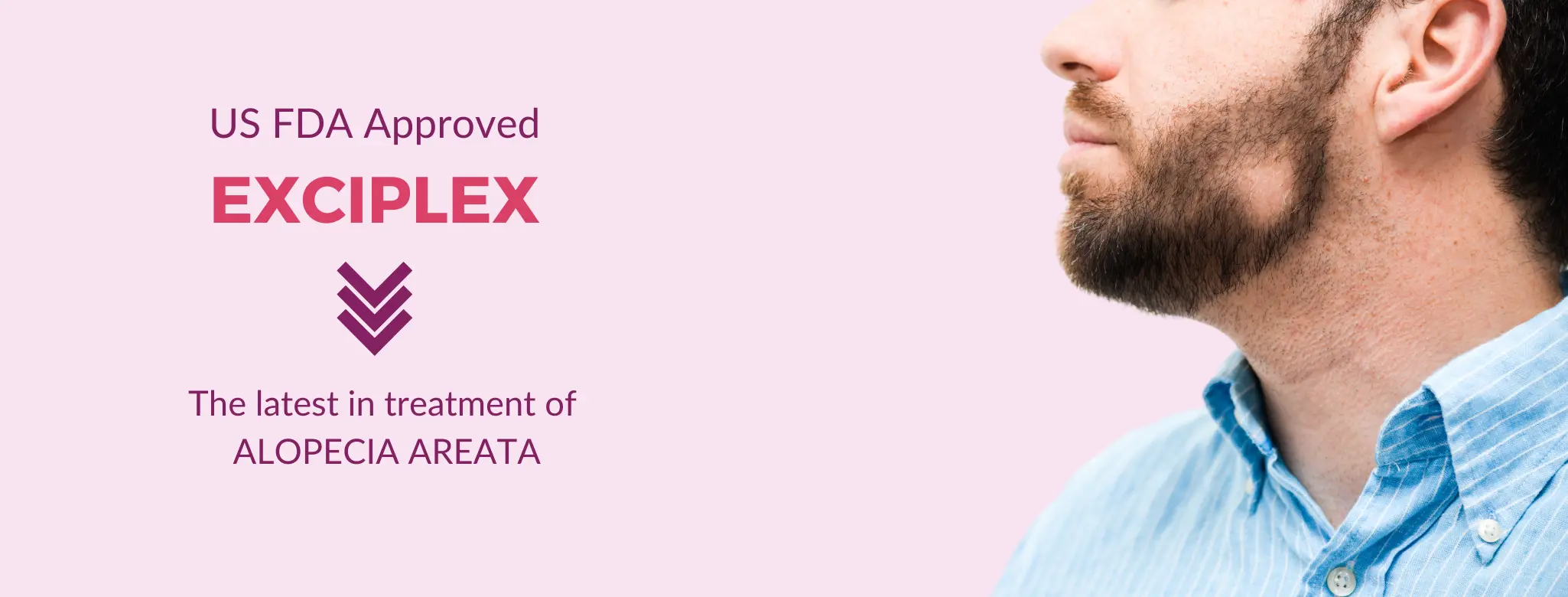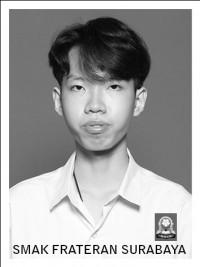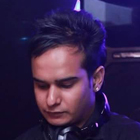
Alopecia Areata Treatment in Delhi
The exact alopecia areata reason is not known as it is a multifactorial disorder. It is an autoimmune disorder in which the immune system attacks the body's own hair follicles. It is also called spot baldness.
It can be easily confused with tinea capitis, a fungal infection of the skin if not diagnosed properly. Therefore it is important to have a consultation with a qualified Skin Specialist in Delhi, Dermatologist.
It can lead to great psychological distress if not treated timely. It alters one's physical appearance and can decrease the quality of life due to social withdrawal and social stigma.
What is Alopecia Areata?
Alopecia Areata's meaning is a type of baldness in which patchy hair loss occurs in different parts of the body, most commonly on the scalp and face.
In the majority of the cases, it only appears as single or multiple small patches of hair loss. However, it can involve the complete loss of hair from the localized part of the body like the scalp called Alopecia Totalis or loss of hair from the entire body called Alopecia Universalis.
What are the Signs and Symptoms of Alopecia Areata?
It is typically diagnosed based on its clinical presentation as small round or oval-shaped areas of bald patches. It is a nonscarring type of alopecia. The most commonly involved areas are beard and scalp. It is important to note that the different areas may show the simultaneous hair loss and hair growth.
The affected patchy area of the scalp may give rise to a tingling sensation or be slightly painful.
An exclamation point is the main presenting feature along the periphery, and hairs along the periphery can be more easily plucked than the surrounding healthy hair. An exclamation mark is also a histological feature.
Trichoscopy shows the regular distribution of yellow dots as hyperkeratotic plugs, broken hair in the follicular opening as black dots, and exclamation-mark.
What are the other types of hair loss?
The most common types of hair loss are
- Androgenetic Alopecia
- Male pattern baldness
- Female pattern baldness
- Anagen Effluvium
- Telogen Effluvium
What Are the Causes of Alopecia Areata?
Alopecia Areata causes are multifactorial, and it is identified as an autoimmune disease. The body identifies its own hair cells as foreign invaders and attacks them, leading to hair loss. It could be due to genetic and environmental factors.
If it involves the entire body,
then it is called diffuse, and if the area involved is in small patches, it is called localized. The most common example of localized is the alopecia areata beard, also known as alopecia barbae.
It presents as patchy hair loss from different parts of the body. Also, hair loss experienced in males is more severe than in females.
In male-pattern baldness, there is hair thinning along with miniaturization of hair follicles.
Though the severity of hair loss due to this is more in males, alopecia areata in women is more common than males and can involve the scalp, eyebrows, and eyelashes.
In female pattern hair loss, also known as androgenic alopecia in females, there is diffuse hair thinning and usually along with the partition of the hairline.
Children can also develop this condition, but they also show signs of alopecia areata nail pitting, i.e., alopecia areata nails medically called trachyonychia and loss of hair on the scalp. Alopecia Areata stress management must be considered in children over 5 years of age. They tend to identify that they look different from others, which can cause great psychological distress in children. Hair loss in children due to this condition is also common.
Children over 5 years of age must also be referred to a counselor or a pediatrician experienced in counseling children.
- Asthma
- Vitiligo
- Downs Syndrome
- Pernicious Anemia
- Thyroid Disorder
- Seasonal Allergies
- Anyone with a family history
What are the Diagnosis and Types of Alopecia Areata?
There are multiple types, and different signs, symptoms, and presentations characterize each.
As described above, it is a condition in which hair loss in patches can occur anywhere on the body.
In this, the hair falls from the entire scalp. There is a complete loss of scalp hair.
There is a complete loss of hair from the entire body, including pubic hair.
As the name suggests, it's diffuse thinning of hair from the entire scalp, and there may or may not be patchy hair loss. It resembles male and female pattern hair loss.
There is a patchy loss of hair from the beard area.
In this condition, there is a wavy loss of hair from the circumference of the scalp.
What are the Alopecia Areata Treatment Options?
Hair loss treatment for alopecia areata depends on its types and severity. Alopecia areata treatment creams contain topical steroids.
Corticosteroids alopecia areata's anti-inflammatory property makes it the mainstay ointment for alopecia areata. Topical corticosteroids are prescribed for home applications for few months. It can be prescribed in the form of ointment, creams, or foam.
Injection corticosteroids are given locally in the treatment area once a month by the treating hair specialist, and it may require 3-6 doses for complete resolution.
Oral corticosteroids may provide the resolution only as long as that oral alopecia areata medication is taken. It can further be associated with long-term side effects of steroids.
Laser hair therapy is different than alopecia areata puva therapy. Alopecia Areata medicines such as immunotherapy are also used when hair air loss is greater and hair growing response is less due to topical or injectable corticosteroids alone.
Minoxidil in alopecia areata is not used as a stand-alone treatment. It may take almost a year before it shows any result. It acts as an alopecia areata vasodilator which increases blood flow in the treated area leading to hair fall reduction and may contribute to alopecia areata regrowth signs.
In individuals who have celiac disease must adapt to a gluten-free diet. It itself can lead to the resolution of hair loss from any part of the body.
Hair regrowth is initially seen as white hairs, which later regains their normal black color due to melanin pigmentation.
How to Stop alopecia areata from spreading?
No single alopecia areata medications are used in its treatment. It's always the combination of treatments that works best. That is why its recommend to have a proper Skin Specialist consultation for the right diagnosis and management.
At Skinos, Dr.Shruti Gupta MD, FAAD (USA), and Dr.Sandeep Kumar MBBS, DCD (UK) are highly qualified. Best alopecia areata treatment doctors in Delhi providing alopecia areata treatment in Delhi have helped thousands of patients overcome this condition and lead a happy and quality life.
Skinos is highly rated as Best Alopecia Areata Treatment Clinic in Delhi. You must visit this center if you are looking for alopecia areata treatment near me for assured best results.
Skinos has been a pioneer in hair care and skincare over decades and has helped patients all over the country in regaining their lost confidence.
Prognosis
- Age of onset
- The severity of hair loss
- Nail pitting
- Positive family history
- Coexisting other autoimmune disorders
There are various support groups for sharing experiences and helping individuals with anxiety.
What are Alopecia Areata Home remedies?
Rubbing the following in the affected area has shown some results. However, its effectiveness is not proven medically.
- Garlic juice
- Onion juice
- Cooled Green tea
- Essential Oils
- Almond Oil
- Rosemary Oil
- Honey
- Coconut Milk
Alopecia Areata Treatment Cost in Delhi depends upon the area involved, severity, and treatment modalities required for its management.
What Our Patients Say
Nothing gives us more pleasure than the happiness and gratitude expressed by our clients at the end of their Skin, Hair, and Laser treatment!

I recommend Dr. Shruti Gupta because she explains everything related to my problems patiently and p...
Divya Sonkar
Studentaaa
First of all I would like to thank Dr Shruti Gupta Mam for giving me a new life. On the advice of my...
Dinesh
DU Student
Dr.Shruti is very humble and adorable to everyone she explains everything wonderfully, and answers a...
Mukta Rathee
MBBS Student
It was a pleasant experience. Your work is par above my expectations. My exuberant hair growth gives...
Mohit Shukla
DJ
I have acne issue from last 13 year's I tried all from the to homemade solution but nothing's work a...
Sonal Wahi
SQ - CA25000 +
Happy Clients
5
Qualified Doctors
9
Luxury Suites
50 +
Authorized Partners

